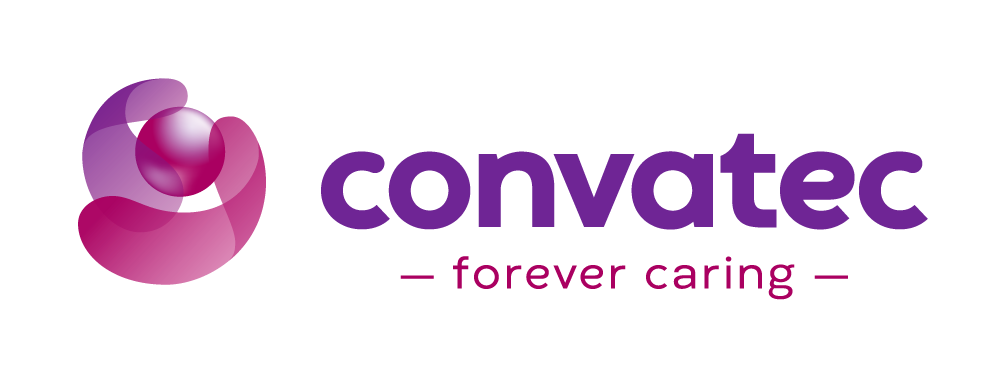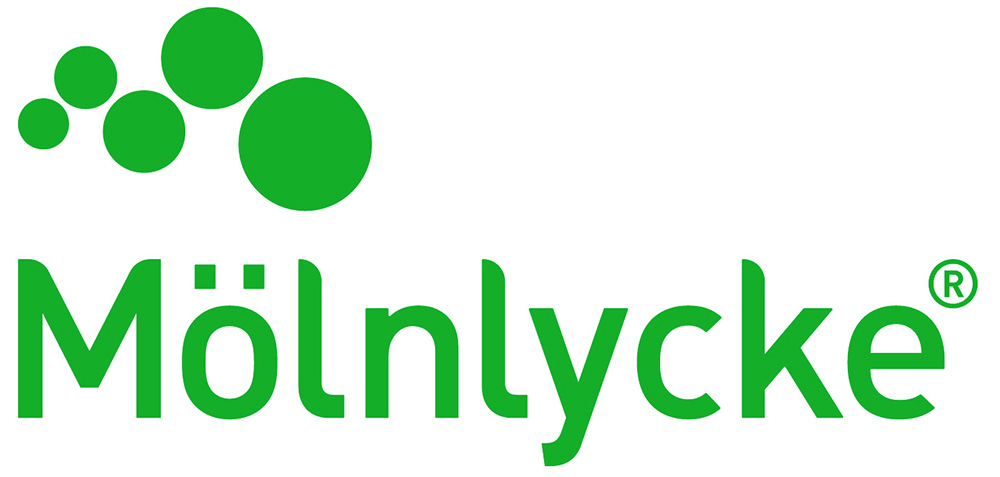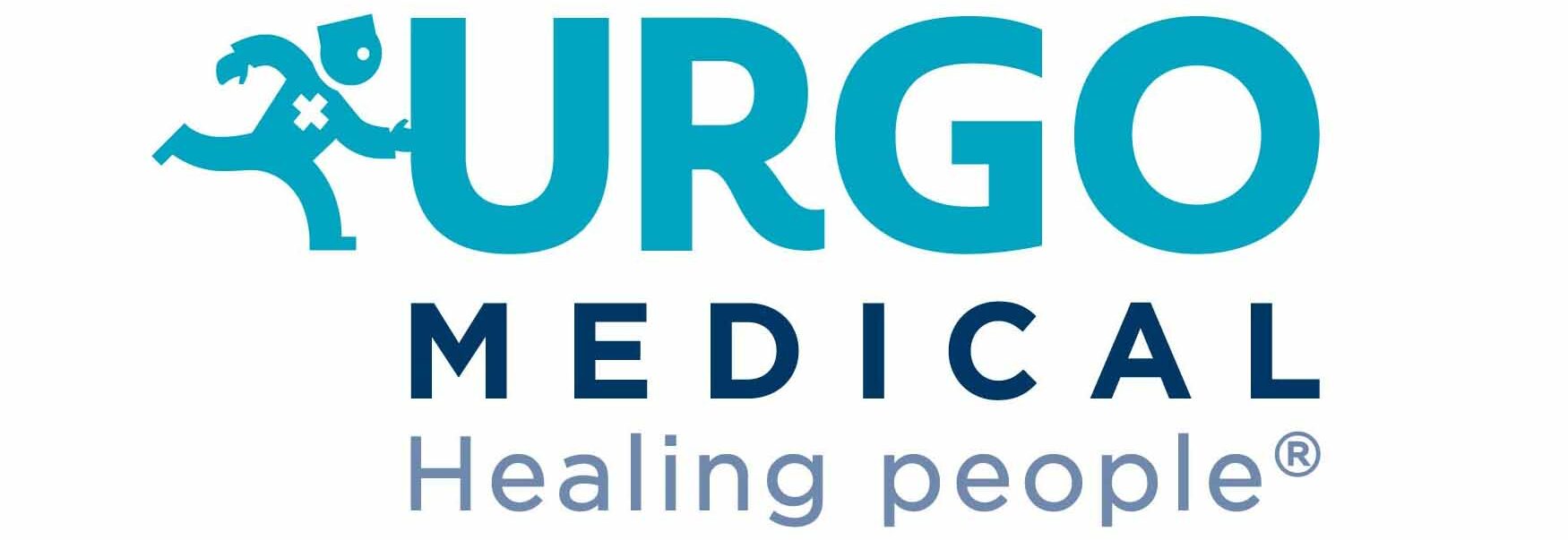Catherine Healy

Catherine is a post-doctoral researcher in the University of Galway, and is investigating the therapeutic potential of targeting the endocannabinoid system for the management of wound-related pain. She completed her BSc and PhD in Pharmacology and Therapeutics at the University of Galway.
Presentation at The Society of Tissue Viability 2025 Conference
Wound-related pain and the endocannabinoid system
Objectives
This session aims to provide delegates with a view of current research into developing new strategies to understand wound-related pain and new therapeutics for the management of this pain.
Abstract
Background: Wound-related pain is a significant unmet clinical need, with approximately 80% of individuals with lived experience of wounds experiencing persistent, debilitating pain. The endocannabinoid system (ECS) is involved in the maintenance of skin homeostasis, and also in the modulation of pain. However, there is a lack of research investigating the potential of the ECS for the management of wound-related pain, and a distinct lack of preclinical models for the study of wound-related pain in vivo. Studying wound-related pain in vivo provides a solid foundation for investigation into new potential therapeutics for the management of wound-related pain.
Methods: Rodent models, in both sexes, were used to characterise pain post-incisional wound creation, and post ischemia-reperfusion injury (I/R). Following this, biochemical and molecular investigation into the ECS was completed. Investigation into the effects of morphine (3 mg/kg s.c.) and ECS modulation via inhibition of the enzymes FAAH via URB597 (1 mg/kg i.p.) and MGL via MJN110 (5 mg/kg i.p.) on pain-related behaviour post incisional wound creation were carried out.
Major findings: Rodent models of I/R and incisional wounds represent valid models for the study of wound-related pain in vivo, providing a solid framework for novel therapeutic investigation. Administration of morphine attenuated pain-related behaviour following incisional wound creation, and increased levels of ECS-related lipids in the plasma. Inhibition of the endocannabinoid hydrolysing enzymes had differential effects on pain-related behaviour following incisional wound creation, depending on the type of pain-related behaviour observed.
Conclusions: Modulation of the ECS represents a viable therapeutic target for the management of wound-related pain.














